
This logo isn't an ad or affiliate link. It's an organization that shares in our mission, and empowered the authors to share their insights in Byte form.
Rumie vets Bytes for compliance with our
Standards.
The organization is responsible for the completeness and reliability of the content.
Learn more
about how Rumie works with partners.
If these sound familiar to you, you surely know how difficult it can be to learn with a short attention span:
Easily distracted during lectures
Making careless mistakes
Trouble reading long texts
Leaving tasks partially done
Difficulty managing time
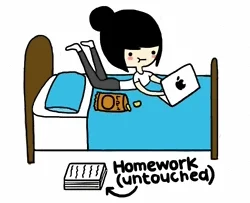
Most academic settings aren't built for students who get bored or distracted easily, but there are ways to maximize your learning even with a short attention span!
1. Establish a routine that works for you
Building a routine can help get you in the mood to study and practice habits that you want to repeat regularly. A study routine can look like:
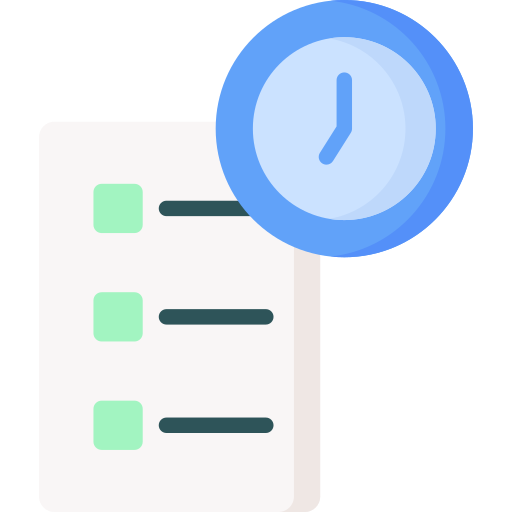
Prepare a simple drink or snack to energize yourself
Use a checklist to go over tasks and chunk similar ones together
Recap material from the day before
Take a short break by going on a walk
Accomplish your assignments
Did you know?
2. Create a distraction-free environment
Distractions can prevent you from sticking to your routine. Determining and limiting these distractions can help you be more productive with your learning.
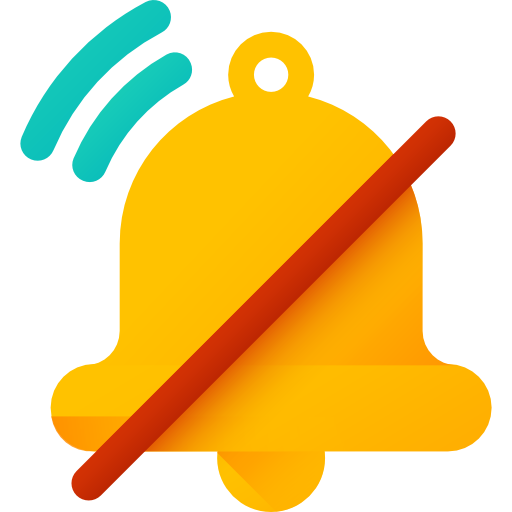
Mute your phone notifications or use site-blocking software on your computer.

Use noise-canceling headphones to prevent auditory distractions.

Keep your study environment clean by getting rid of clutter and visual distractions.
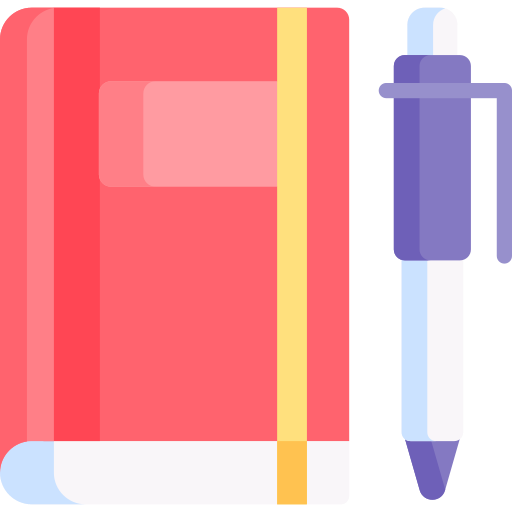
Keep a journal to write down distracting thoughts.
Quiz
Sally is reviewing for her English exam tomorrow, but she suddenly gets a random idea that she can't get off her mind. What should Sally do?
Writing down distracting thoughts in a random thought journal is an effective way to clear your mind, go back to focusing on the task at hand, and store the idea for later.
3. Break down, Prioritize, Repeat
Working on a single task for long periods can be a struggle for those who get easily distracted. Prioritize tasks and use your short attention span to your advantage.
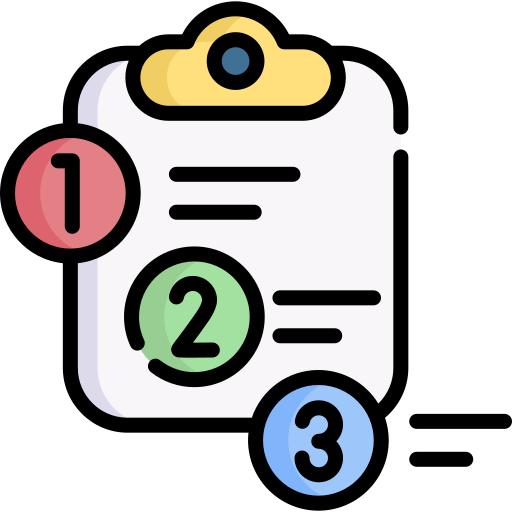
Break down larger tasks into smaller, actionable steps. Prioritize important ones and focus on them first.
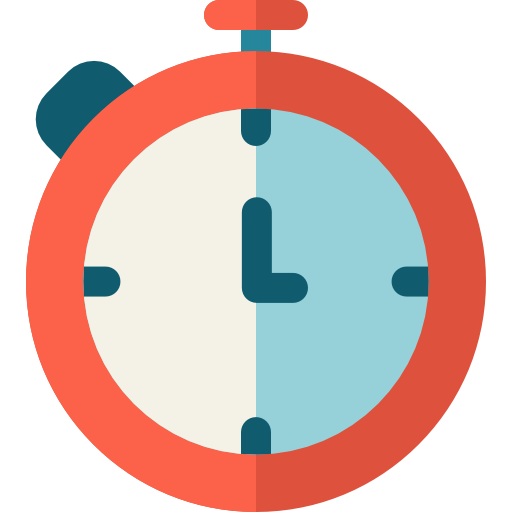
Try the Pomodoro technique by working in 25-minute chunks and taking short breaks in between.
Did you know?
Take Action
Incorporating strategies to learn with a short attention span can help you achieve a more productive learning journey.

This Byte has been authored by
Eunso Im
College Student